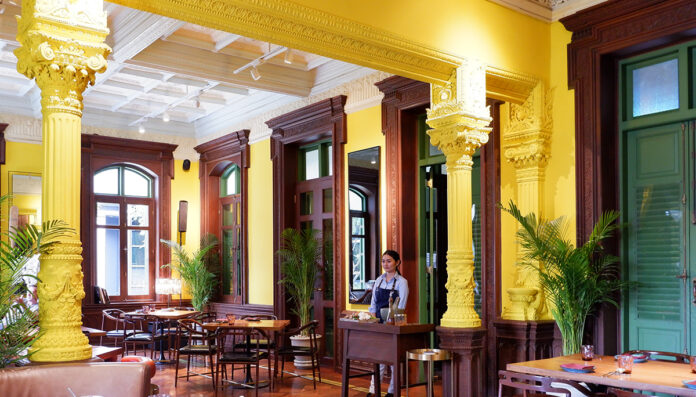
BANGKOK — One of the city’s hottest property spots, a historic house, is now a swanky seafood restaurant.
A meal at “Paii,” a Thai seafood restaurant in The House on Sathorn, could cost around 2,000 baht apiece. But in the House’s history of being a private nobleman’s residence, a hotel, an embassy, and even a Turkish-inspired restaurant, a Thai seafood eatery may be the most “accessible” incarnation of the neoclassical property yet – if you’re only after a drink.
Paii’s seafood is multicultural, like its location’s history – half the seafood is locally sourced, the other imported.
“If you go eat seafood at regular places by the road, then you’ll only get to eat local seafood,” Chef Weeraket “Joe” Nilayon said. “The atmosphere here isn’t like eating street food either. When you eat here, whether in this yellow room, at the bar, or in the garden, it should feel like home.”
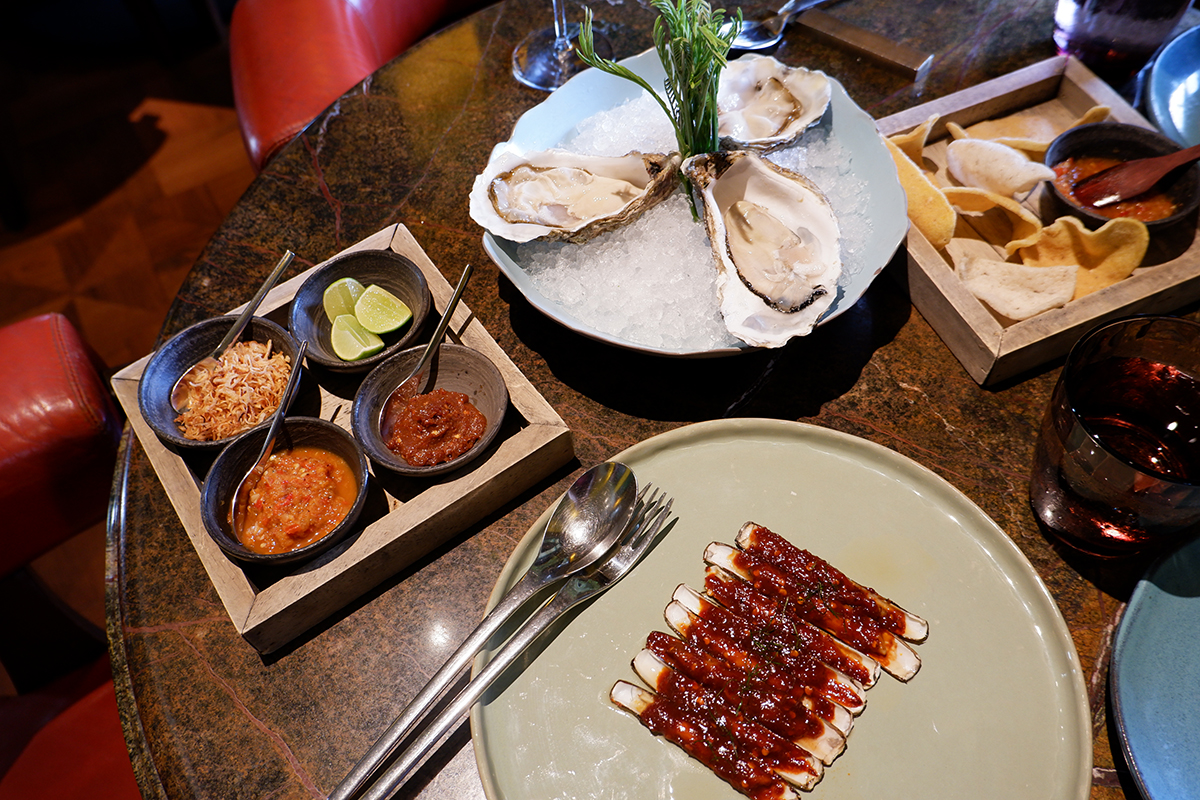
And a fancy home it is. The banana-yellow neoclassical house on Sathorn, a tropical oasis surrounded by skyscrapers, is a 130-year-old landmark that in 1889 housed Luang Sathorn Rajayutka, the wealthy businessman who built Sathorn Canal. “Paii,” meaning both “paddle” and “to paddle” is a nod to the house’s founder.
After his death in 1895 from influenza, the house passed to his son-in-law, then to the Crown Property Bureau, then to an Italian woman. For almost half a century from 1948 to 1999, the property was leased to the Soviet Union as the first Russian Embassy in Thailand. After a brief spell of government takeover – it was registered as an archeological site in 2002 by the Department of Fine Arts – W Bangkok took over and in 2015 opened The Dining Room, a Turkish-inspired restaurant.
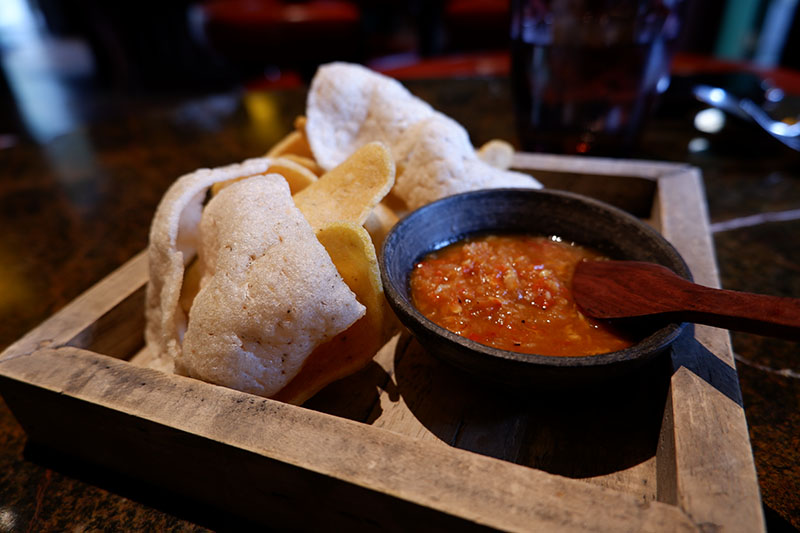
Meals at Paii begin with an amuse-bouche of rice crackers made of mushrooms, shrimp and carrot, with passion fruit and seafood sauce. The Jean-Pul N1 oysters (690 baht for three, 1,300 baht for six) and French razor clams flambeed in Mekhong rum and XO sauce are served to you with flaming pyrotechnics and are heavy on the rum (520 baht). River prawn tom yum kung is tourist-safe and unspicy. Although the prawns are pretty huge, the dish is a steep 1,200 baht a bowl. Still, you might snag some better deals through mindful ordering.
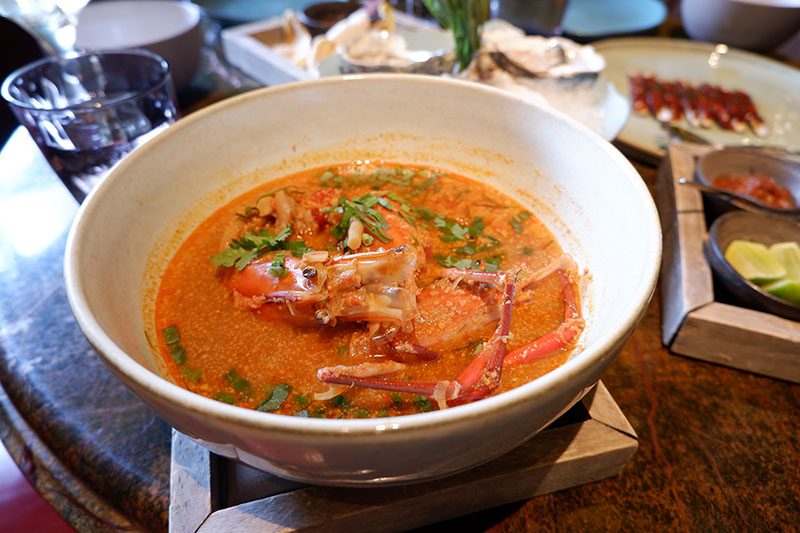
A pot of New Zealand black mussels baked with white wine is 690 baht (smelling of zesty Thai herbs). The kua gling tenderloin, although tasting authentically southern with soft, soft beef, is 950 baht. The fried seabass topped with banana blossom yum is 1,350 baht. The baked cabbage with fish sauce (although pretty photogenic for a cabbage) is only 180 baht, but had a tough, difficult-to-eat stem.
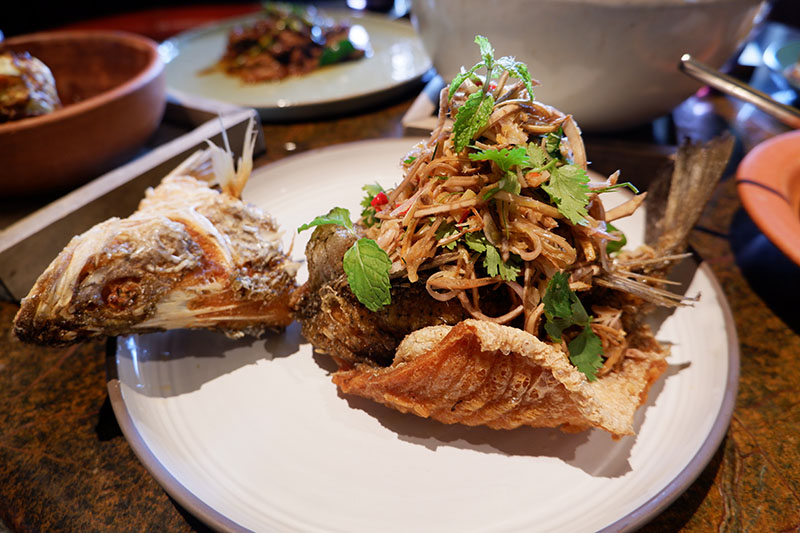
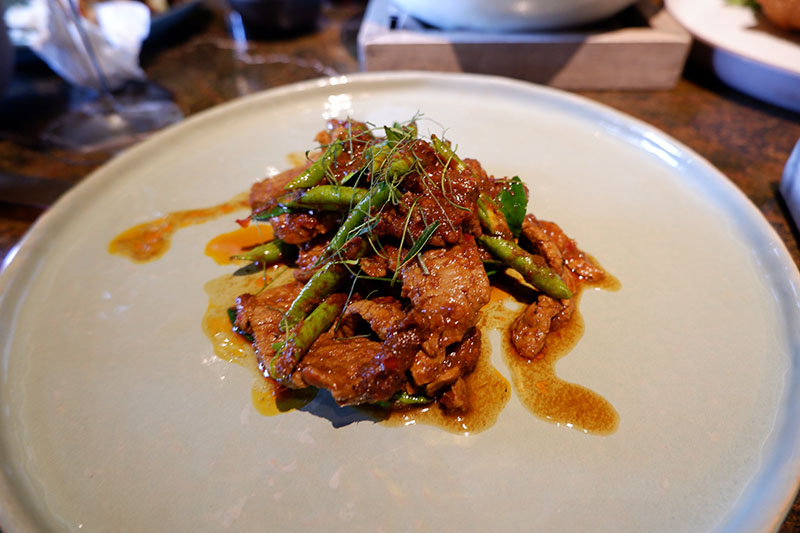
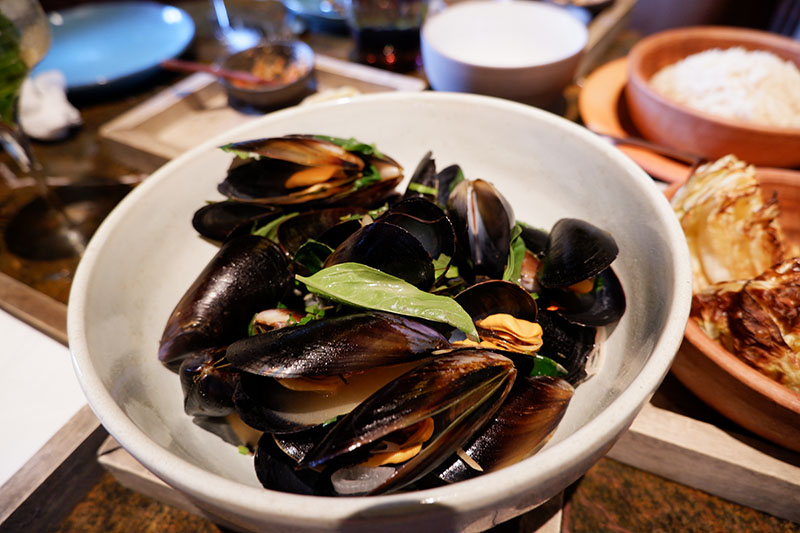
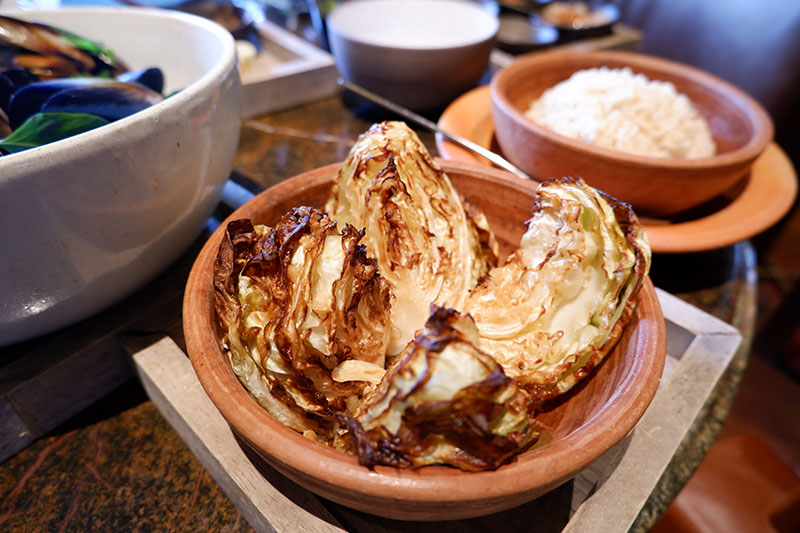
Perhaps the set course menus are a better option for “saving”: one option costs 2,200 baht per person and another 2,900 baht per person.
At this price point or less, Thailand has an almost endless number of eateries with quality seafood. The only edge Paii has is its haven-like location, and moments when it takes artistic license. For example, the cocktail menu is a must-explore for lovers of Thai spirits and herbs, filled with Mekhong rum and kaffir lime leaves. The “Pai Fizz,” for example is a refreshing, clear mix of sparkling wine with elderflower syrup and lemongrass (380 baht).
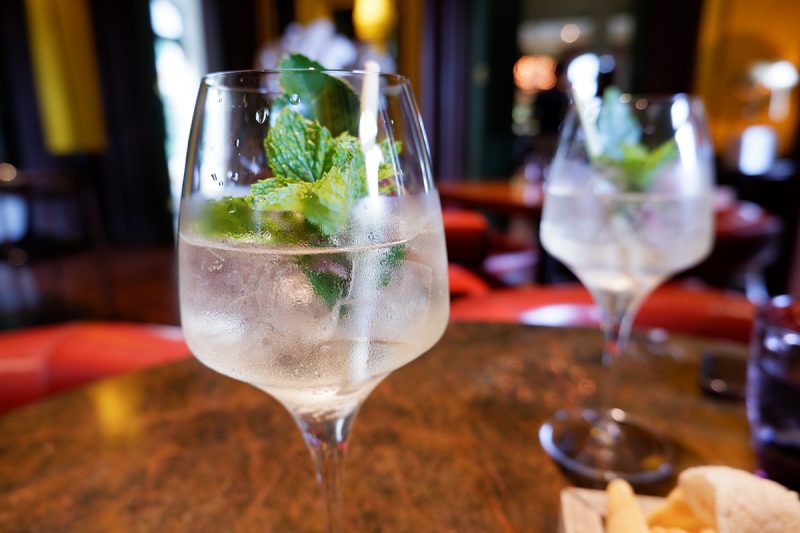
Another option for soaking in the atmosphere at a reasonable price is splitting dessert with a friend: maybe the parfait-like Coconut Sundae full of coconut ice cream, mock pomegranates, and sago (400 baht) or the Thai Tea-ramisu (450 baht), exactly what it sounds like. Add a pot of TWG Tea for 150 to 180 baht.
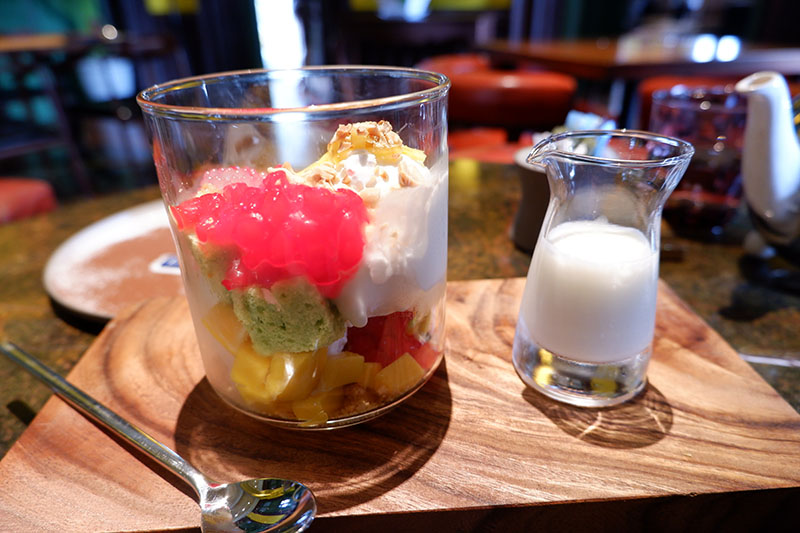
Much of Paii’s clientele since its launch in May have been expats, especially wealthy Chinese tourists. On a recent visit, a visitor called over Chef Joe to tell him that he’d never had such good sua rong hai (weeping tiger) marinated beef before.
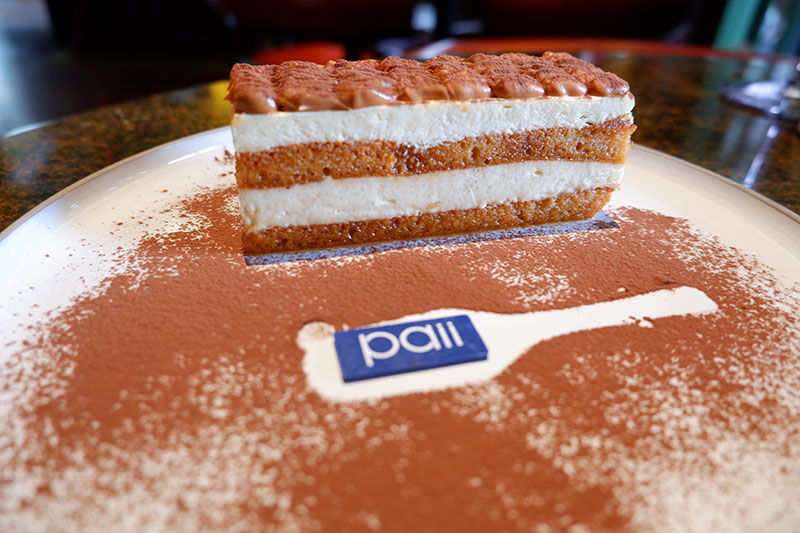
“Initially we had much stronger, spicier flavors and went all out, but we had to tone it down due to the feedback from Asian expats and tourists,” Joe said. “But if you eat spicy, let us know.”
Joe, 42, used to waiter and cook in Thai restaurants on the Gold Coast while studying culinary arts in Queensland. Upon his return, he became known in the food scene during his seven-year stint as chef at Siam Kempinski Hotel before he began to work at The House in February 2018.
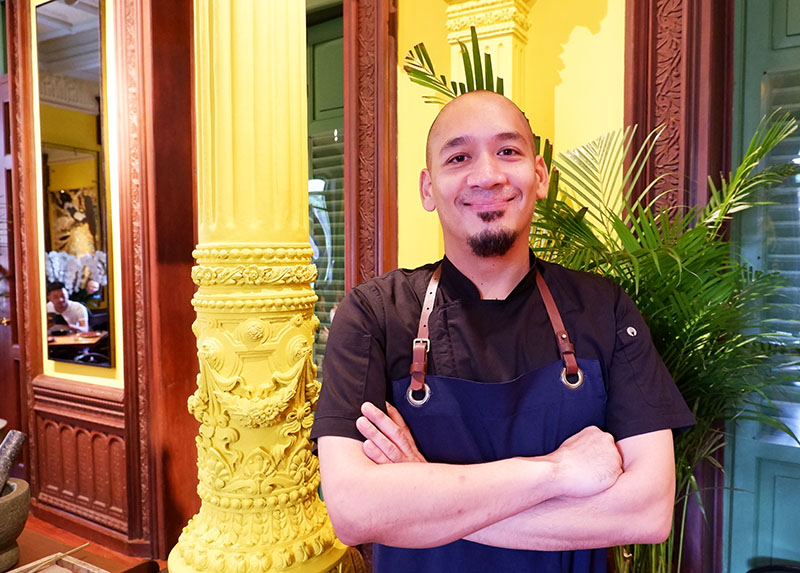
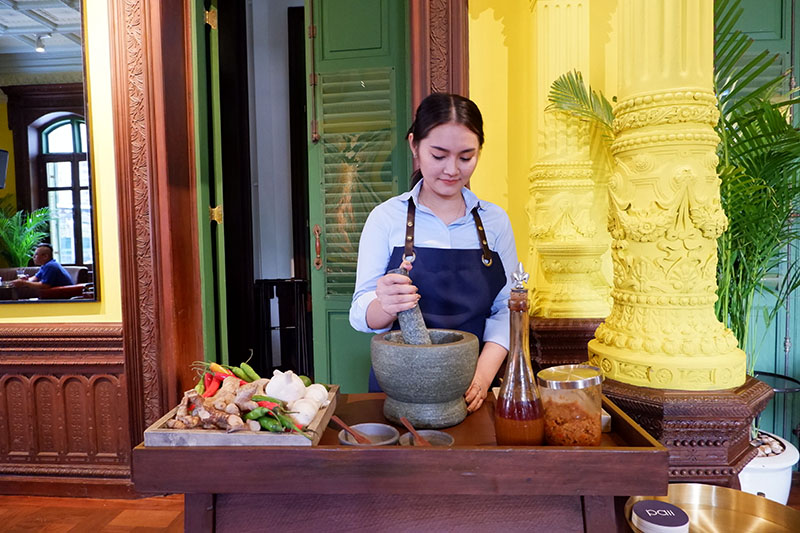
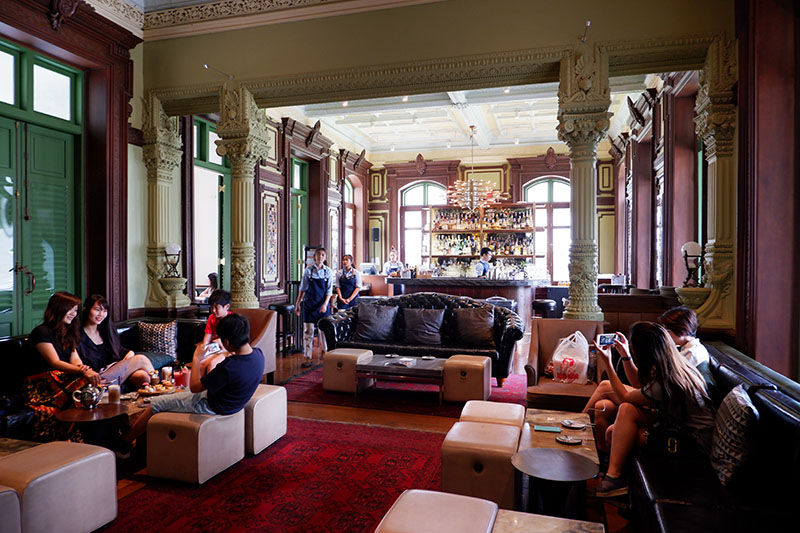
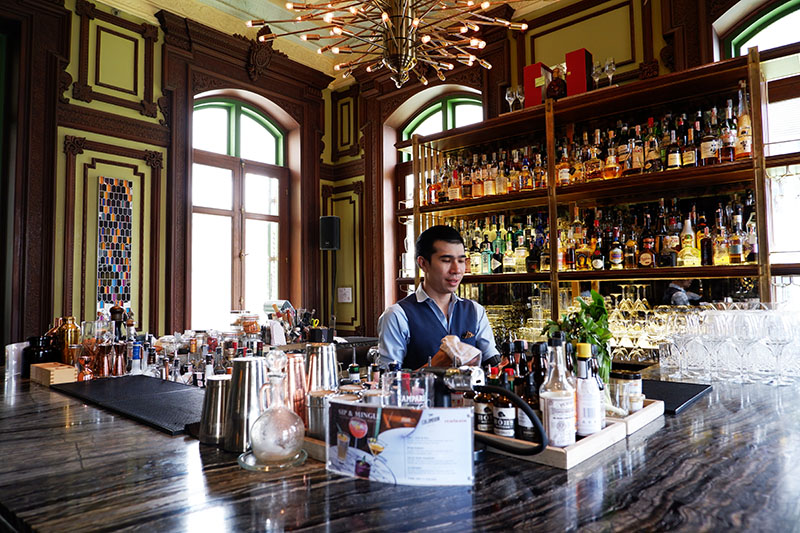
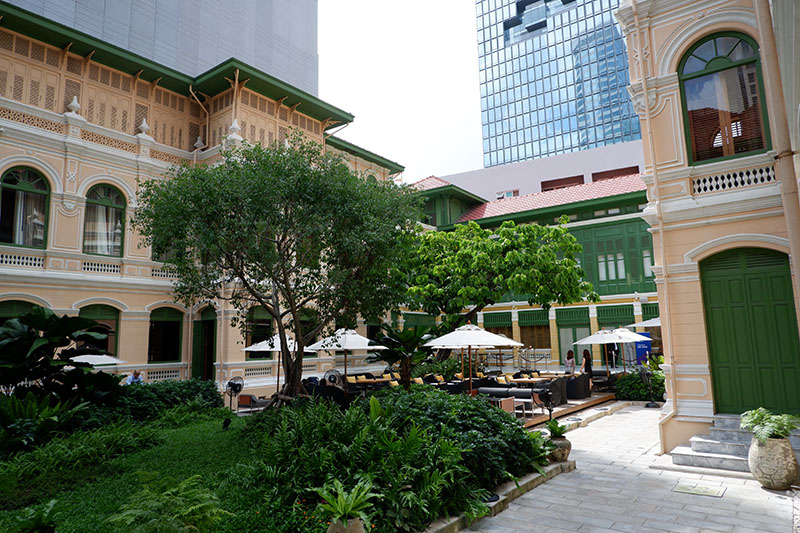
This review was based on a hosted visit. Paii is open every day from noon to midnight and is a very short walk from BTS Chong Nonsi.















































